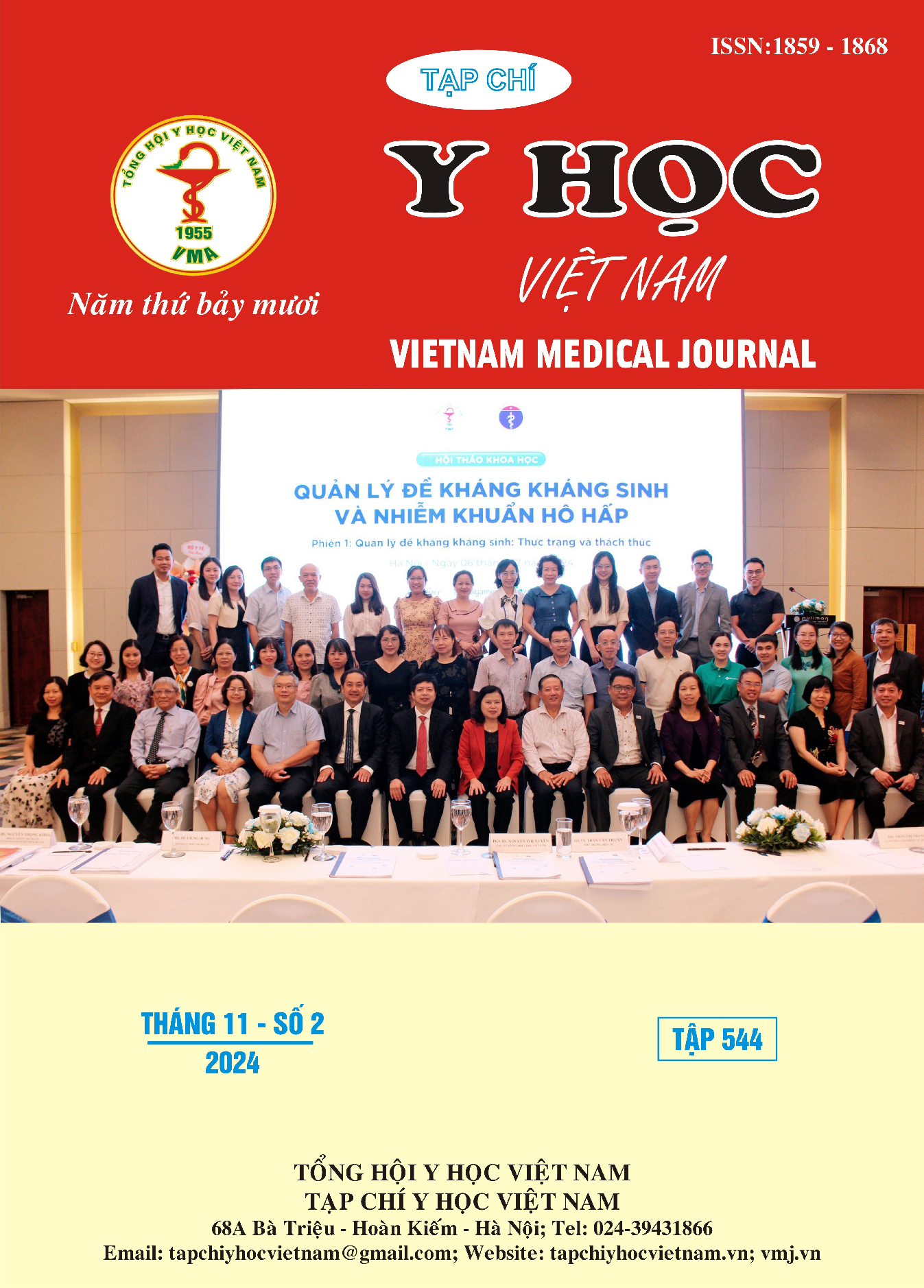PERFORMING MULTI-LAYER, MULTI-SHADE ZIRCONIA VENEERS USING DIGITAL IMPRESSION TECHNIQUE
Main Article Content
Abstract
Objective: Zirconia veneers (multi-layer, multi-shade) were produced by using the digital impression technique. Materials and methods: This is an in vitro experimental analysis study. Thirty veneer preparations (window design) were made on the right upper central incisor of a typodont. The Trios 3 Pod intraoral scanner (IOS) was used to scan the typodont, which was then used to print thirty 3D plastic models. All these models were cast with type IV dental stone to create thirty stone casts, which were then scanned with an E1 Lab Scanner. Subsequently, thirty monolithic zirconia veneers (MZV) were fabricated using Ceramill Zolid FX Multilayer blanks. The marginal and internal fit of the veneers were measured using a silicone duplication technique. The measurements were taken with a digital microscope at thirty different points for each sample. Data collected were analyzed using Stata v14.2 software, and all analyses were conducted with a 95% confidence level. Results: The marginal gaps for the digital impression method in this study ranged from 61.9 µm (marginal gap at the cervical area) to 79.3 µm (marginal gap at the incisal edge). Meanwhile, the internal gaps of the veneers ranged from 109.7 µm (internal gap at the cervical third) to 146 µm (internal gap at the incisal third). The marginal and internal gaps of the zirconia veneers in this study were all within clinically acceptable ranges and have a high potential for success. Conclusion: Zirconia veneers (multi-layer multi-shade) fabricated using the digital technique exhibit marginal and internal gaps within acceptable limits. They can be applied successfully in clinical veneer treatments in areas requiring high aesthetic demand.
Article Details
Keywords
multi-layer, multi-shade zirconia veneer, digital impression, marginal and internal fit
References
2. Kongkiatkamon S, Rokaya D, Kengtanyakich S, Peampring C. (2023). “Current classification of zirconia in dentistry: an updated review.” PeerJ. 2023;11:e15669
3. Al-Dwairi ZN, Al-Sardi M, Goodacre BJ, Goodacre CJ, Al Hamad KQ, Özcan M, Al-Haj Husain N, Baba NZ. (2023). “Evaluation of Marginal and Internal Fit of Ceramic Laminate Veneers Fabricated with Five Intraoral Scanners and Indirect Digitization.” Materials (Basel); 16(6):2181
4. Renne W, Ludlow M, Fryml J, Schurch Z, Mennito A, Kessler R, Lauer A. (2017). “Evaluation of the accuracy of 7 digital scanners: An in vitro analysis based on 3-dimensional comparisons.” J Prosthet Dent.; 118(1):36-42.
5. Alghazzawi TF. (2016). “Advancements in CAD/CAM technology: Options for practical implementation.” J Prosthodont Res.; 60(2):72-84
6. Berrendero S, Salido MP, Valverde A, Ferreiroa A, Pradíes G. (2016). “Influence of conventional and digital intraoral impressions on the fit of CAD/CAM-fabricated all-ceramic crowns.” Clin Oral Investig.; 20(9):2403-2410.
7. Al-Atyaa, Zainab, Abdulrahman, Manhal. (2018). “Comparative evaluation of the marginal and internal fitness of monolithic CAD/CAM zirconia crowns fabricated from different conventional impression techniques and digital impression using silicone replica technique (An in vitro study).” Biomed & Pharmacol J.;11:477-490.
8. Yuce M, Ulusoy M, Turk AG. (2019). “Comparison of Marginal and Internal Adaptation of Heat-Pressed and CAD/CAM Porcelain Laminate Veneers and a 2-Year Follow-Up.” J Prosthodont.; 28(5):504-510.


